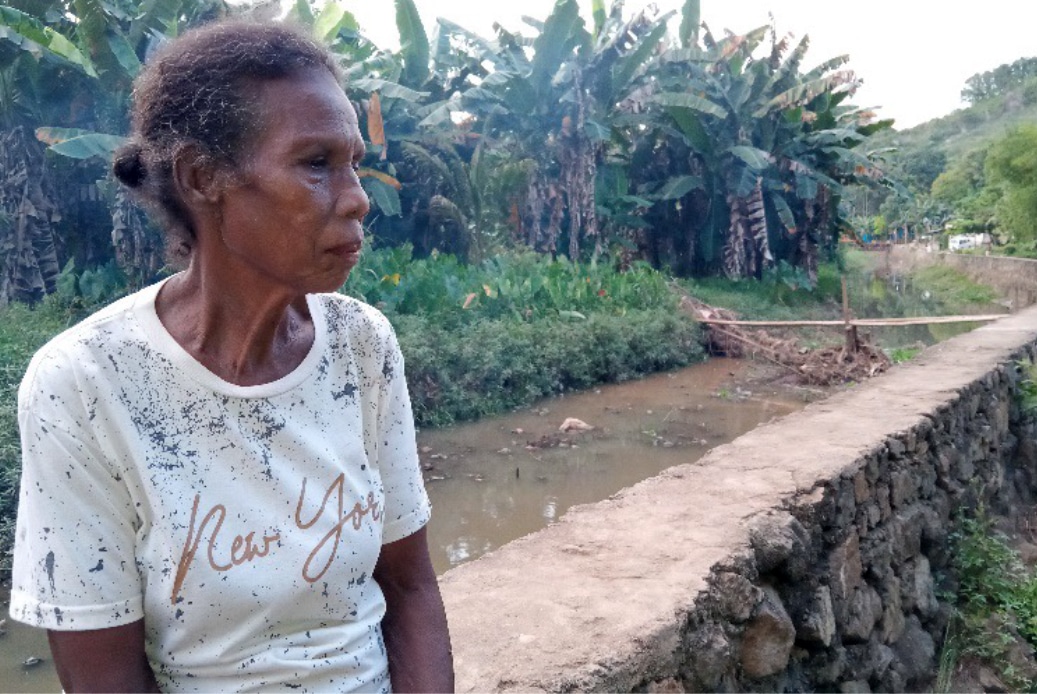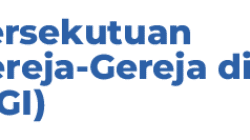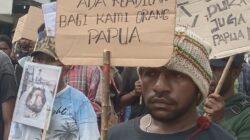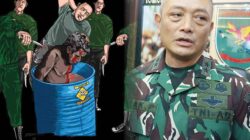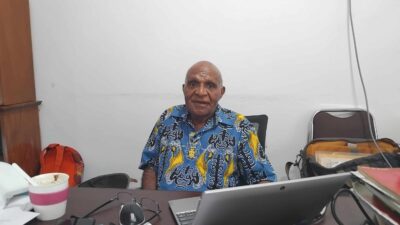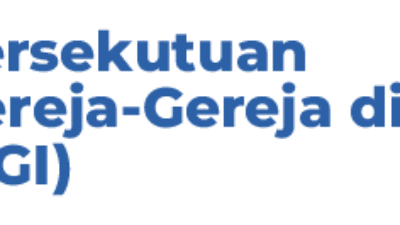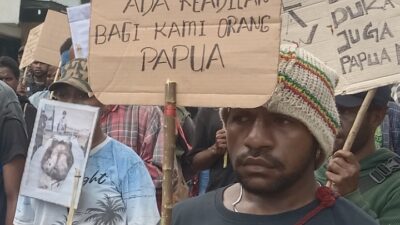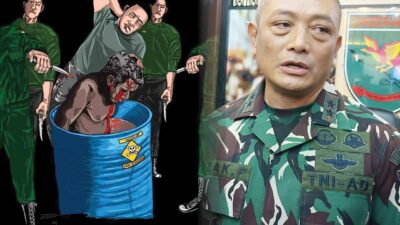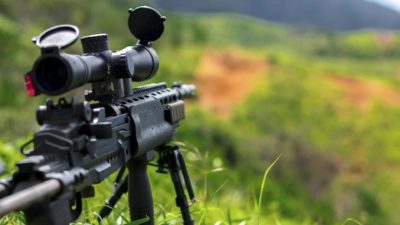Jayapura, Jubi – Mama (mother) Anace Bongoibo, now in her elderly years, continues her dedication to cleaning up the waste in the Emereuw River Basin with unwavering patience. Jubi met Mama Anace on Kota Baru, Abepura, Jayapura City on Monday (2/19/2024). She stated that she has been working to clean up the river from waste for over 20 years. Initially, she did this work with her husband. After her husband passed away, she continued the job with her son.
“I have a son who works at the Department of Environment and Sanitation of Jayapura City, he is a contract worker, he replaced his father’s position. Since I live here, my son was assigned the task of cleaning up near the stone cave, Emereuw-Konya,” she said.
Every day, Mama Anace begins her work by cleaning up waste around the Emereuw stone cave. She starts after breakfast and works until 5 p.m. She does this work to assist her son.
“I took the initiative to help my son by cleaning up this area,” she said.
Actually, she explained, apart from helping her son’s work, cleaning up the environment where she lives is everyone’s responsibility.
“Not only us, the residents of Emereuw-Konya, but everyone who lives in the area, when their waste ends up here, they should also be aware of managing waste in their own environment, not just throwing garbage into the river, which eventually ends up here,” she said.
She shared her daily experiences of cleaning the river. Sometimes she encounters animal carcasses, such as pigs or dogs. However, according to her, animal carcasses should be buried, not thrown into the river.
“Sometimes there are baby diapers or branches from trees that are pruned improperly for firewood, but are thrown into the river,” she said.
According to Mama Anace, the nets installed to contain waste in the river are actually no longer adequate. If heavy rain comes, it only takes about 30 minutes for the water to rise above the waste containment nets, and the waste immediately enters the Emereuw-Konya Valley Cave towards the Acay River and Youtefa Bay.
“My son-in-law once entered the cave to collect waste inside the cave, he said the cave is quite spacious and the water is very cold, but unfortunately, there is also a lot of waste inside the cave,” she said.
Experiencing three floods
Kores Awom, the head of RT 002/RW 006 of Kota Baru said that residents living along the Emereuw River Basin have experienced three floods. The most severe flood was in 1999, where the water rose above the sago trees.
“At that time, the residents living along the Emereuw River Basin awaited assistance from the Regional Disaster Management Agency (BPBD), who evacuated them with rubber boats. The flood in 1999 was like spring water coming out of the ground, suddenly the water rose and flooded Emereuw-Konya,” he said.
“Before the 1999 flood, the water near the stone cave of the Emereuw Valley was deep, we could bathe there, the old bridge was just below this new bridge,” he added.
Due to rain and soil material, coupled with garbage covering the location, the water is no longer as deep as it used to be. “Now the water is very shallow and very dirty,” he said.
Actually, according to Kores Awom, such matters are the responsibility of the River Basin Agency.
Awom also questioned the impact of the construction of the University of Cenderawasih’s Medical Education Hospital. “Whether the management of its waste has been carefully considered or not, so that medical waste does not end up here,” he said.
Awom explained that his neighborhood has a population of 198 people with 40 households. The name Konya comes from the abbreviation “Kolam Nyamuk” (mosquito pond), because this place used to be endemic to malaria mosquitoes. Malaria mosquito habitats were scattered around the area.
He also mentioned that from Perumnas IV to the traditional Youtefa Jayapura market used to be a sago forest. The sago forest served as a water catchment area for the Emereuw River. The river used to have clear water.
“It is regrettable that the sago forest has been completely cleared, now it has been replaced with many residential areas, buildings owned by businessmen,” he said. (*)


